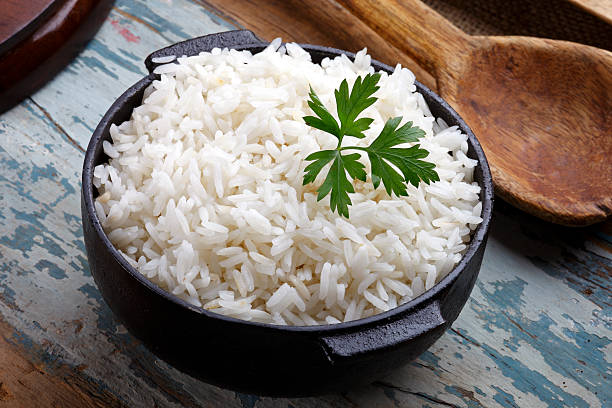Brown Rice Vs White Rice ”Which Is the Best?”
Weekdays can be quite demanding and difficult for people who are studying or working. Without eating this delectable breakfast, lunch, and dinner, it is difficult for us to offer our all in our work, classes, and daily activities. This “3” is considered to play a significant part in our daily activities. Asians like me enjoy eating, especially dishes that feature lots of rice, of course! Do you realise that Asia produces and consumes 90% of the world’s crop? Moreover, according to a recent study by Wikipedia, China ranked first in the world for both rice production and consumption, while the Philippines came in at number eight. Spot.
For a sizable portion of the global human population, rice is regarded as the most important staple food. Asians have a history of loving rice, so it should come as no surprise that the majority of the food we cook or prepare as Asians includes rice. Japanese sushi, furikake rice, rice bowls, rice balls, and rice cakes are just a few examples. There are numerous varieties of rice, ranging from red to black rice, but due to time constraints, I will only cover white and brown rice in this article. Red, black, and other varieties will, however, be covered in future articles.
What distinguishes white rice from brown rice, both of which are varieties of the monocot plant Oryza sativa?
White rice’s endosperm is mostly composed of carbohydrates and is deficient in some critical elements, whereas brown rice’s outer brown coats contain the proteins and minerals. Nutritionists highly value brown rice because it has a lot of fibre and nutrients that are missing from white rice; even enriched white rice will only have a little amount of these nutrients, usually just half as much. Additionally, brown contains nutrients including zinc, manganese, and magnesium. White rice has fewer minerals than other types of rice, however it is frequently supplemented with iron and other b vitamins. Brown rice’s only drawback is that it takes 45 minutes to cook on the stove; using a pressure cooker will shorten that time. But with a little preparation, you may take advantage of brown rice’s health benefits as well as its more delicious, chewy, and nutty taste than white rice. Rice that has been polished is really a simple carbohydrate (like potatoes, white bread and yellow pasta). Brown rice is preferred by nutritionists because of its nutritious qualities. Like white flour, much of the nutrients as well as the flavour and texture of white rice have been eliminated.
Since the 19th century, brown rice has been promoted as a healthy alternative to white rice, but since white rice is still the standard rice served in restaurants, you’ll definitely need to buy the majority of your brown rice at home.
Additionally, researchers from Germany and Switzerland have modified rice to manufacture beta-carotene in the hopes that it can one day be used to treat vitamin A insufficiency. I believe everything I’ve written here makes it abundantly clear that brown rice is superior than white rice, but since brown rice is frequently available at several grocery stores in our city, I frequently prepare brown rice at home as well. Some people claim that brown rice is quite expensive, but I can assure you that what you are buying is worth the money you are spending, and you should treat your body well by providing it with the proper nutrients or healthy foods. The time when you’ll be spending more money than you are on brown rice is if you become ill in the near future. No matter how expensive, your health is more important!
